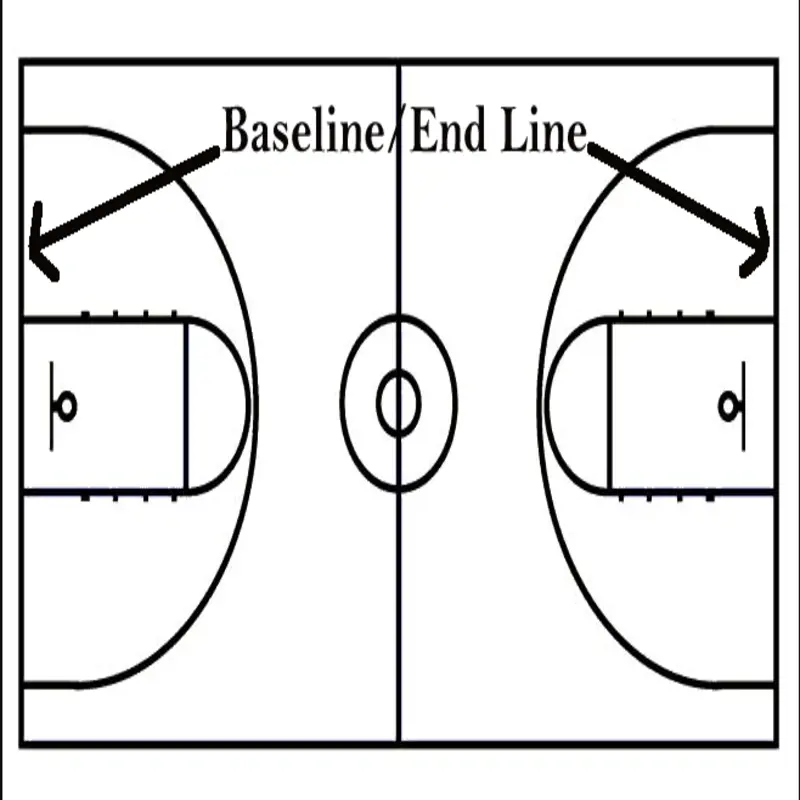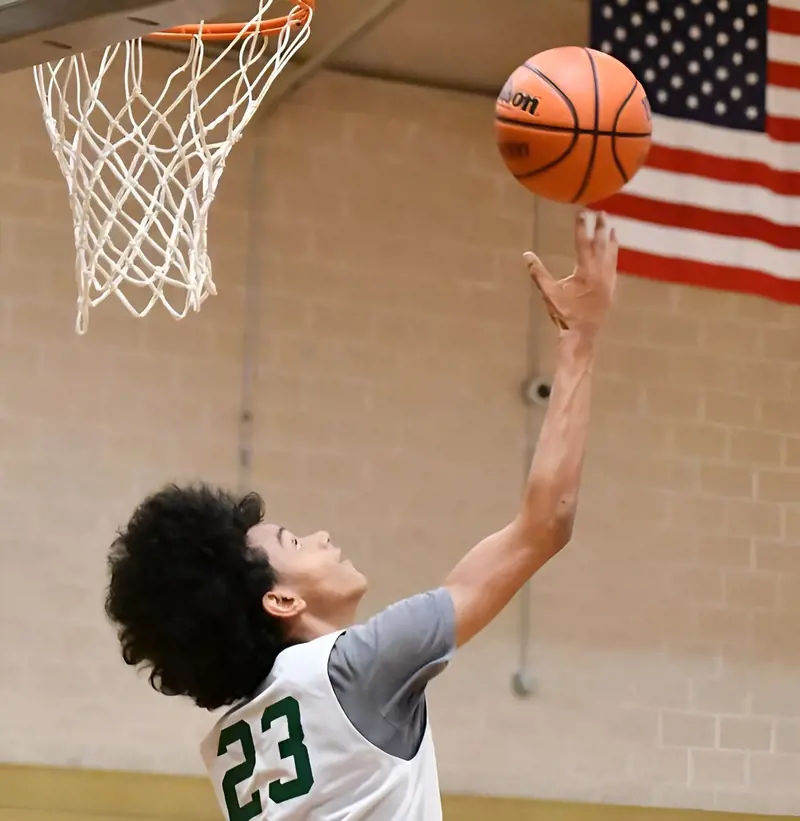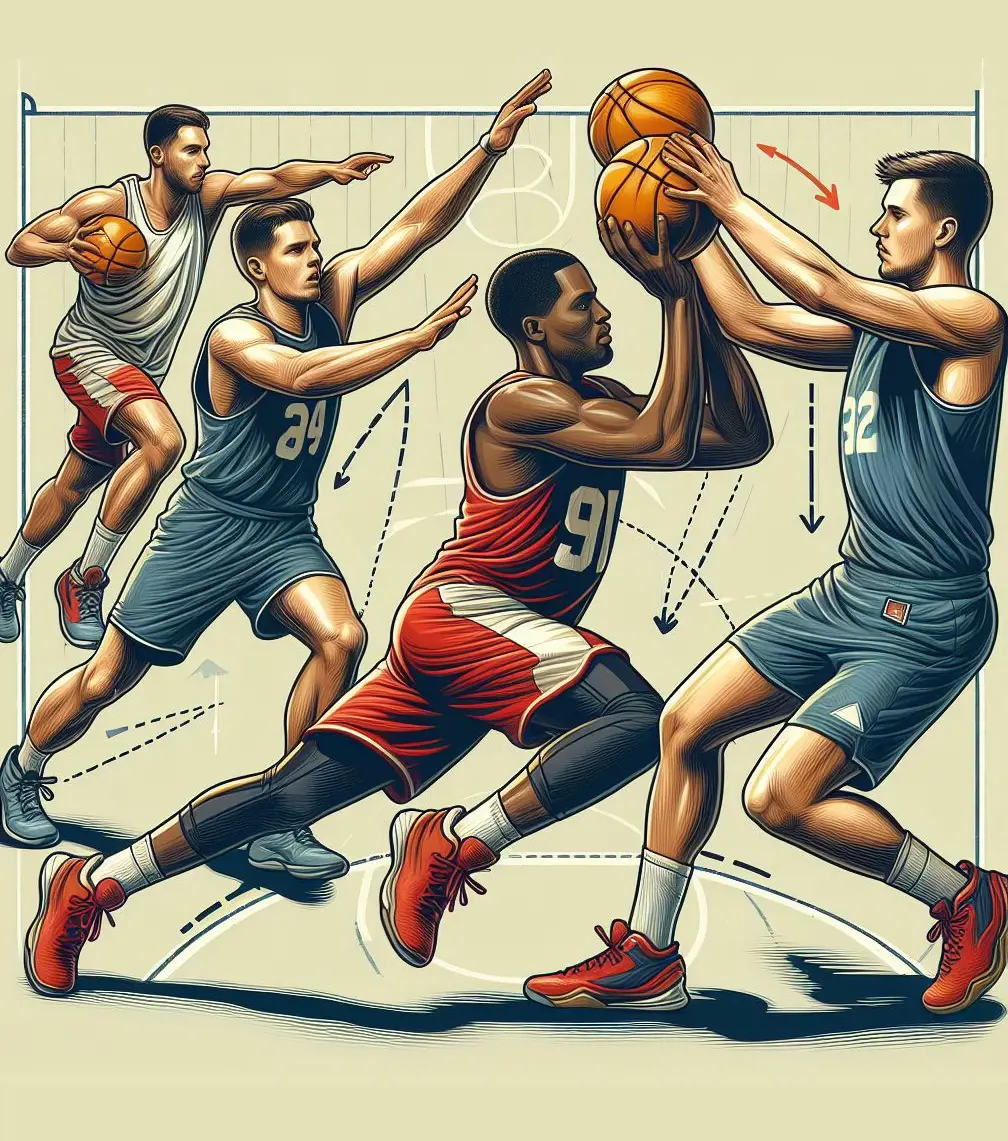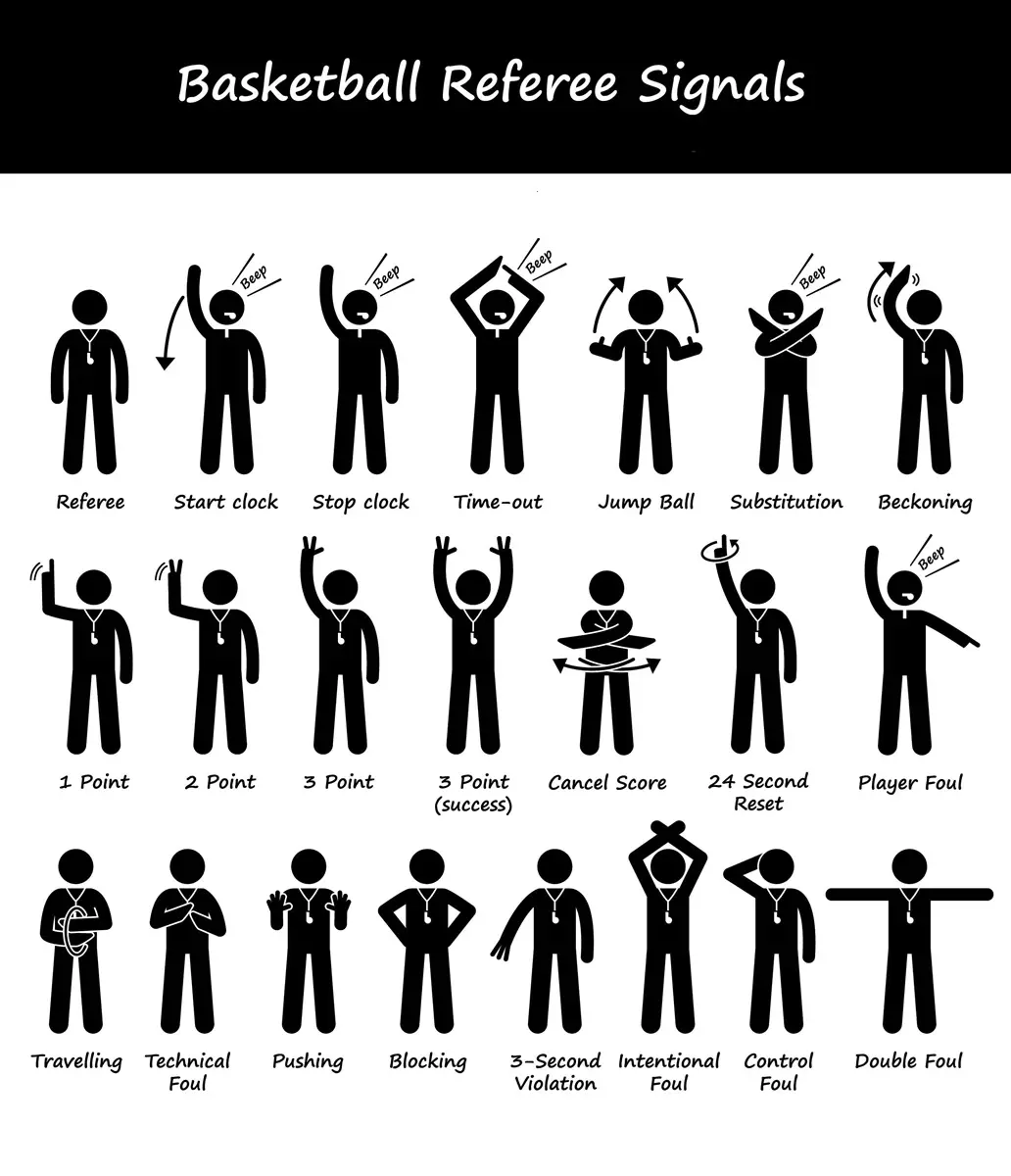
Basketball, a fast-paced and exhilarating sport, demands precision, strategy, and a keen understanding of the court's dimensions and markings.
Whether you're a player, coach, referee, or an avid fan, familiarity with the standardized layout of a basketball court is essential for a comprehensive grasp of the game.
From the iconic three-point arc to the crucial free-throw line, each element plays a role in shaping the dynamics of the game.
So, lace up your sneakers, grab a basketball, and join us as we navigate the essential guide to basketball court dimensions and markings.
In this guide, we delve into the standardized specifications that govern basketball courts worldwide.
Basketball Court Size
Basketball unfolds on a canvas of carefully measured lines and markings, each element defining the flow of the game and influencing play strategies.

Court Dimensions and Materials
- Length: 94 feet (28.65 meters)
- Width: 50 feet (15.24 meters)
- Area of the Court: 4,700 sq. ft. (436.64 sq. m)
- Material (Indoor): Polished wood, usually maple
- Material (Outdoor): Paving, concrete, asphalt
Standard basketball courts measure 94 feet in length and 50 feet in width, creating a defined playing area that fosters consistent competition across various levels.
Within this grand space lies the actual playing area, a battlefield of 84 feet (25.6 meters) by 42 feet (12.8 meters), where dribbling, passing, and those jaw-dropping shots truly come alive.
The basketball hoop is precisely positioned 10 feet above the playing surface, a height maintained across all levels of play.
At the center lies a circle with a 6-foot radius, where the ceremonial jump ball occurs at the start of each game.
The free-throw line, positioned 15 feet from the backboard, is a critical spot for penalty shots.
Center Circle
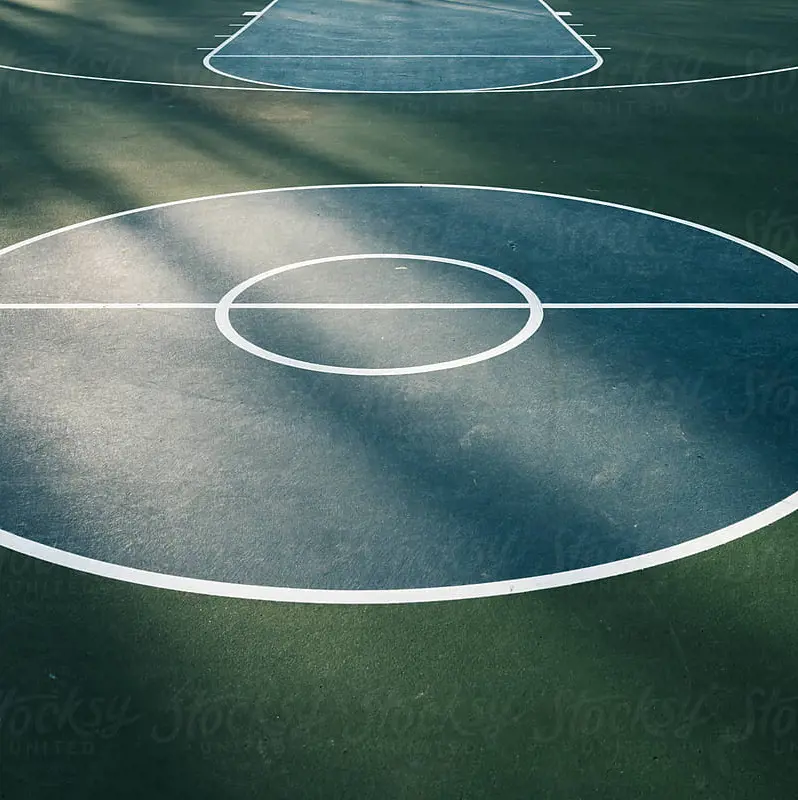
- Dimension: 12 feet (3.66 meters)
- Line Width: 5.9 inches (0.15 meters)
Positioned at the midpoint of the court, this circular area, with a radius of 6-feet, serves as the epicenter for the jump ball at the start of each game.
This ceremonious event initiates play and underscores the significance of the center circle.
Players from opposing teams engage in a jump ball, attempting to gain possession for their side.
Beyond its ceremonial role, the center circle also plays a strategic function during gameplay.
Offensive and defensive maneuvers often revolve around this central point, with players utilizing it to orchestrate plays, create spacing, and facilitate ball movement.
Free-Throw Line

- Located: 15 feet from the backboard
Positioned 15 feet (4.57 meters) away from the backboard, Free-Throw Line serves as the launchpad for one of the game's fundamental actions: the free throw.
Players stand on this line, with attempts awarded following certain fouls. The distance reflects a balance between challenge and skill, demanding precision and focus.
Athletes aim to score unimpeded by defenders, facing the pressure of converting a shot that can significantly impact the game's outcome.
The free-throw line is a testament to the strategic dynamics of basketball, where individual proficiency meets the demand for cool-headed execution.
Three-Point Line
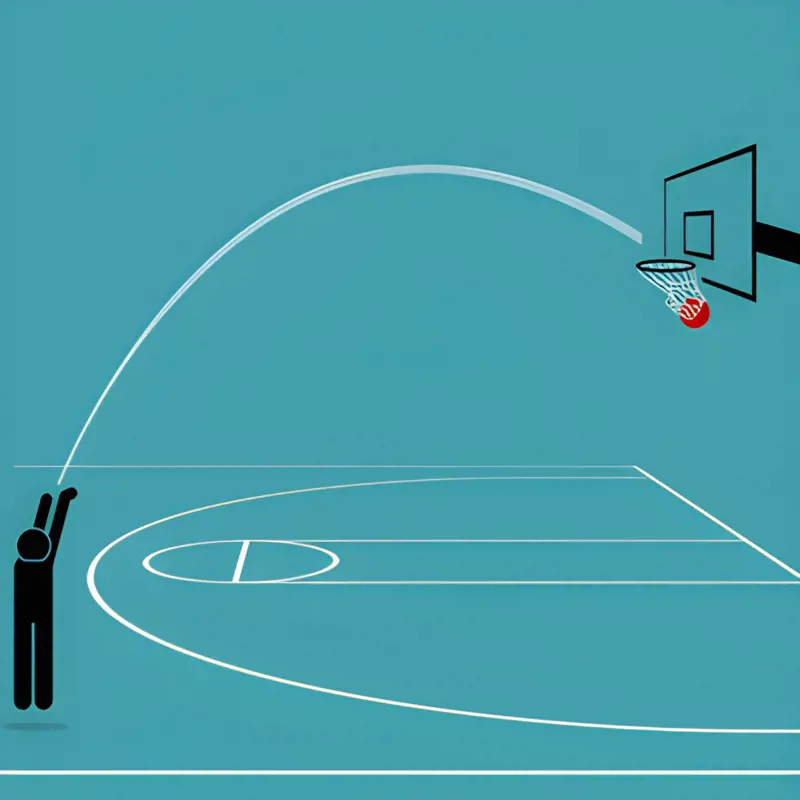
- Positioned:
- From the basket to the top: 23 feet 9 inches (7.28 meters)
- From the basket to the corners: 22 feet (6.7 meters)
The Three-Point Line is a critical element of basketball court markings, significantly influencing gameplay and scoring strategies.
Positioned in an arc at a set distance from the basket, its dimensions vary depending on the league or level of play. In the NBA, the arc is 23.9 feet (7.29 meters) from the center of the basket at the top of the key and 22 feet (6.7 meters) at the corners.
Beyond this line, successful shots are rewarded with three points, adding a layer of complexity and excitement to the game.
The introduction of the three-point shot has transformed offensive tactics, encouraging teams to develop sharpshooters like Steph Curry.
Key or Paint Area
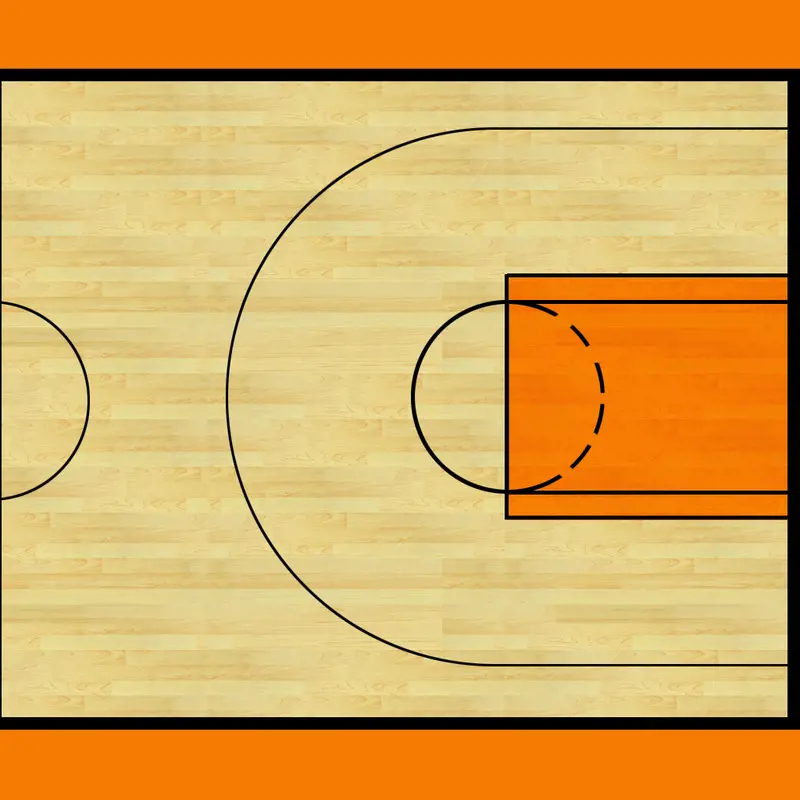
- Dimension: 16 x 19 feet (4.88 x 5.79 meters)
Also known as the "paint" or "the key," this area is a rectangle with dimensions of 19 feet (5.79 meters) in width for the NBA.
It extends from the baseline to the free-throw line and is a critical zone on the basketball court with specific dimensions that profoundly impact gameplay. Positioned in front of the basket, it is a strategic zone for both offensive and defensive maneuvers.
The NBA introduces an additional element known as the Restricted Area, a semi-circle with a radius of 4 feet (1.22 meters) located in the Key. Defensive players cannot draw charging fouls outside this zone, adding complexity to defensive maneuvers.
Also, offensive players must adhere to rules regarding their time spent in the key.
Sidelines
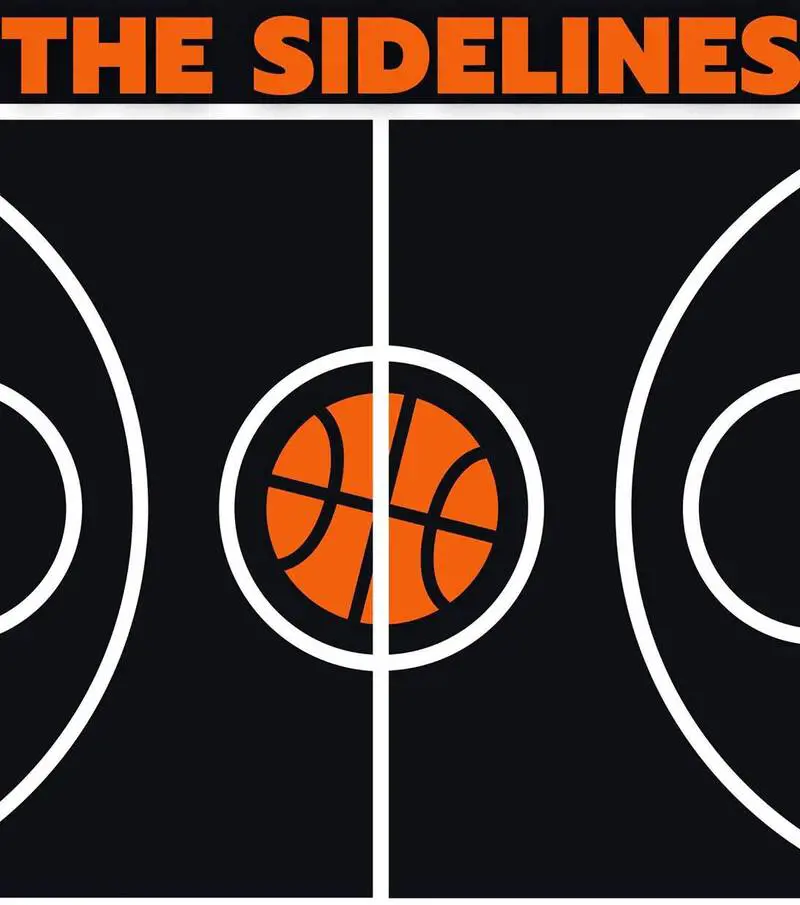
- Dimension: 94 feet (28.65 meters)
The sidelines in basketball serve as the boundaries that encapsulate the playing area, defining the limits of the court.
While not actively involved in the game, these lines play a crucial role in maintaining order and ensuring fair play.
The width of the playing area, which spans 50 feet, is established by the sidelines and is integral to creating a standardized environment for competitive play.
Players must remain within these boundaries to avoid stepping out of bounds, leading to turnovers or violations.
Additionally, the sidelines host key elements such as the coach's box, where coaches strategize and communicate with players within specified limits.
Baselines
Two baselines, parallel to each other, mark the ends of the court. Each stretches the full 50-foot (15.24-meter) width, mirroring the sidelines and forming the perimeter of the playing area.
They sit comfortably 4 feet (1.22 meters) behind the backboards, providing ample space for layups, rebounds, and epic dunk attempts.
It acts as a reference point for referees, assisting in determining player positioning and court violations.
Half-Court or Mid-Court Line
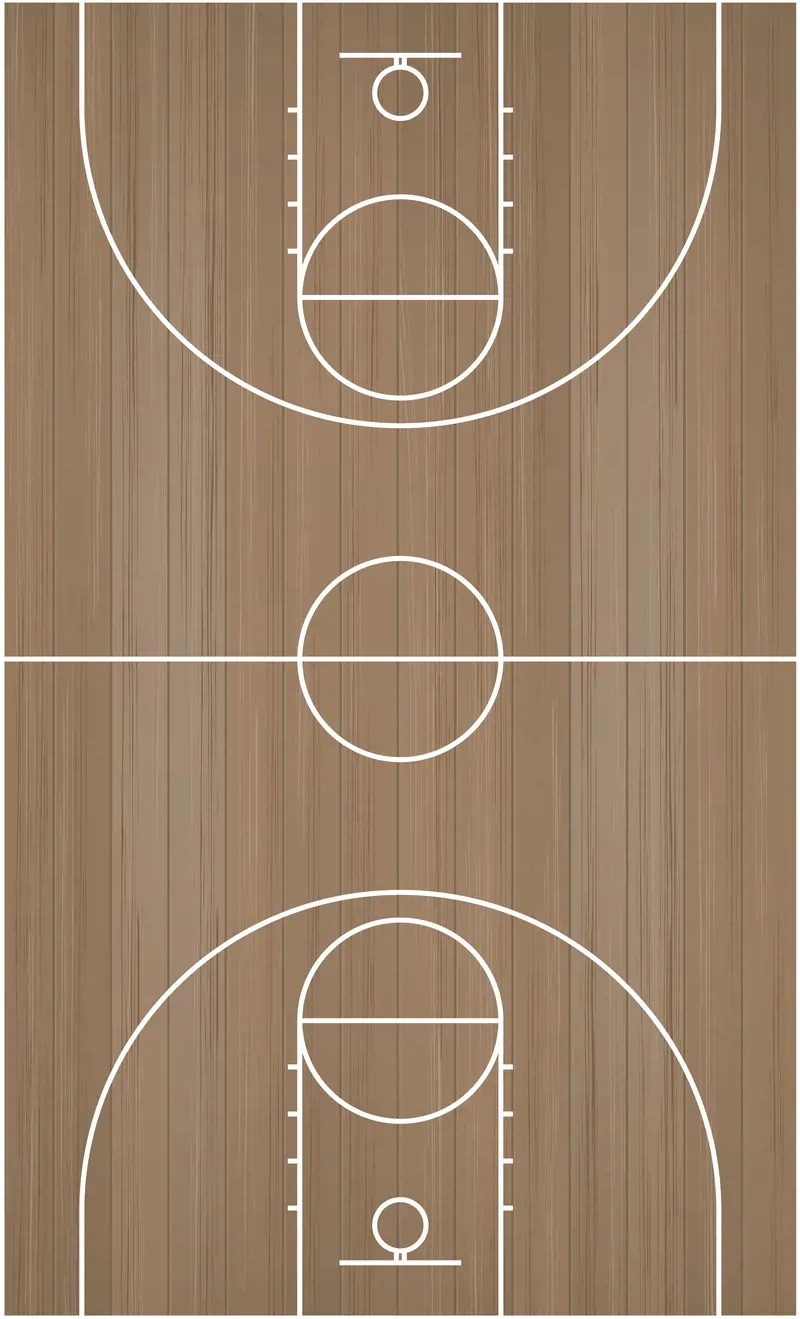
- Dimension: 50 feet (15.24 meters)
The half-court line divides the court into two halves. Once a team crosses this line, they cannot return to the backcourt unless the opposing team gains possession.
Positioned exactly midway between the two baselines, this line serves a critical purpose in regulating the movement of players during the game.
Once a team gains possession of the ball and crosses the Mid-Court Line, they enter their offensive half, initiating plays to score.
However, should they retreat beyond this line, they risk a violation known as backcourt violation, resulting in turnover possession to the opposing team.
Crossing the Mid-Court Line within the allotted time is crucial, as failing to do so results in a shot clock violation.
Free throw circle
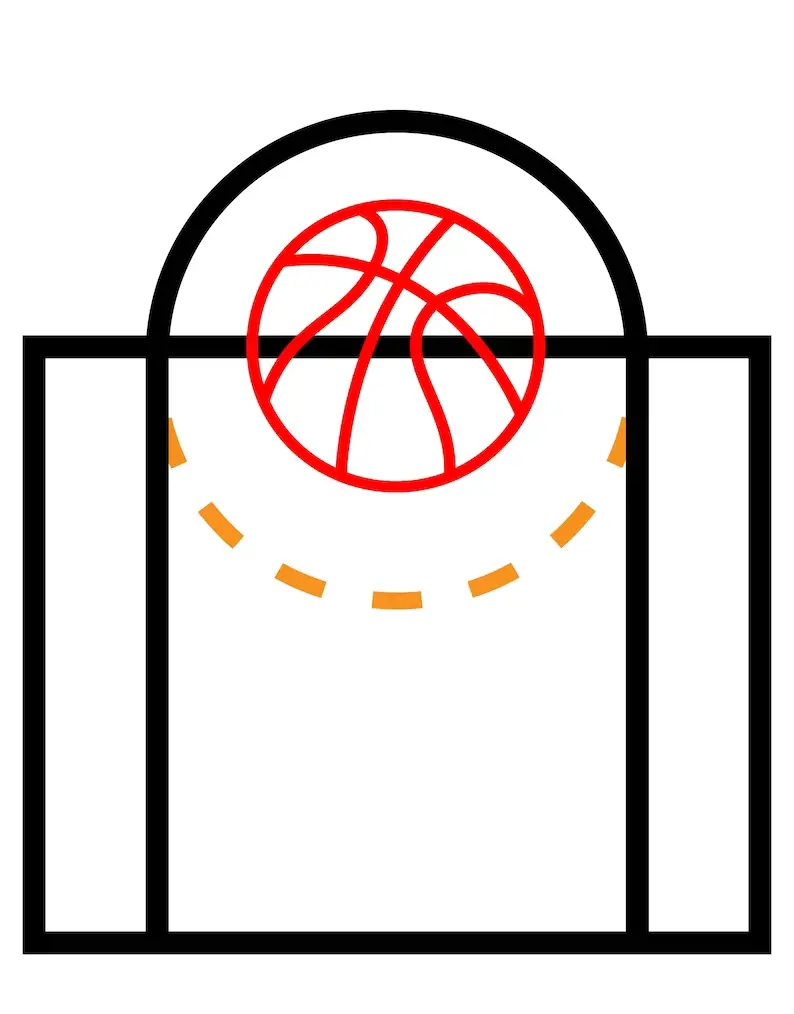
- Dimension: 12 feet (3.66 meters)
- Located: 15 feet from the backboard
The free-throw circle, a pivotal component of basketball court markings, plays a central role in free-throw situations.
Positioned at the center of the key, it boasts a radius of 6 feet (1.83 meters). This circular boundary delineates the area from which players attempt free throws after a foul.
Athletes shooting from the free-throw line, located 15 feet (4.57 meters) from the backboard, must navigate the pressure of the opposing team and the expectant crowd.
Precision and composure are crucial, as players aim to sink shots unhindered by defenders. Its dimensions, standardized across various levels of play, contribute to the fairness and integrity of the game.
Backboards

- Dimension: 5.9 x 4.0 feet (1.83 x 1.22 meters)
- Thickness: 19mm
Backboards are rectangular structures, typically made of transparent materials like tempered glass or acrylic that serve as the target for players aiming to score points.
Backboards are securely mounted to a pole or wall. Wall-mounted versions are prevalent in indoor settings, while poles support outdoor installations.
It is a strategic element influencing shooting precision, rebound dynamics, and the overall aesthetics of the game.
Different leagues and organizations may have specific regulations regarding backboard dimensions and materials as per the levels of play and budget considerations.
Goal (Rim And Net)

- Dimension (Rim): 18 inches (45.72 cm)
- Located: 10 feet above the floor
The focal point of every game is the goal, represented by a hoop positioned precisely 10 feet above the floor.
This standardized height challenges players to showcase their skills in precision shooting and scoring.
The rim itself is a 18-inch (45.72 cm) diameter orange ring, typically constructed from steel to endure the relentless onslaught of dunks and shots.
Traditionally made from nylon, the net hangs from the rim in a distinctive manner. Its mesh-like structure ensures that a successfully made shot creates a satisfying swishing sound, resonating across the court.
